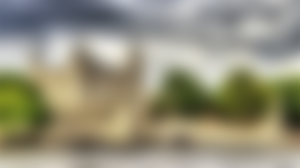
Espionage, torture, beheading - all this was in the 17th century, when the Tower of London was used as a prison for all those accused of treason. Among the most famous ‘residents’ were Anne Boleyn, the second wife of Henry VIII., And the ‘nine-day queen’ Lady Jane Gray. Both were beheaded at Tower Green and buried in the chapel. It is said that they still roam the halls like headless ghosts today. The Bloody Tower is said to have been the place where the sons of King Edward IV were murdered, at the behest of their uncle. While the Queen's Tower is allegedly haunted by the ghost of Arbelle Stuart, a cousin of James I, who was imprisoned and later murdered here.
LONDON FORTRESS (Tower of London)
The more than 900-year history of the fortress is impressive. It is located on the north bank of the River Thames and is known as a very dark fortress where traitors were beheaded. The fortress has played an important role throughout, as it has historically served as the city’s armory, the royal treasury, the zoo, and the royal mint. It consists of several buildings surrounded by a moat wall in the form of two concentric circles.
The White Tower was built around 1078. The central 30 m high tower represented the heart of the fort. At first it was surrounded by a moat, but later it was enlarged by subsequent rulers. The White Fortress is one of the most important historical buildings, and was built as a warning to the original Anglo-Saxon population to the Norman conquerors.
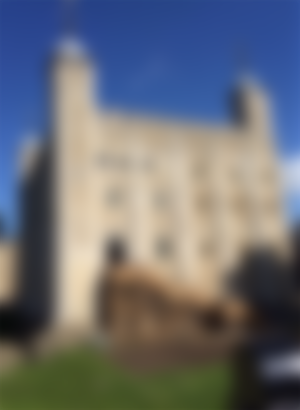
Tower Green is best known for the numerous executions carried out away from the crowd and on behalf of the state. The Royal Treasury offers many crowns and diamonds, which are still used by the Queen. Chapel of St. John is considered one of the most important and distinguished royal chapels. The Traitors’s gate is a wrought oak gate in the outer wall through which traitors were led into the fort. Legend has it that the monarchy will fall when the last crows, which are a real specialty of the fortress, fly away from the fortress.
The Jewel House: Home of Crown Gems
Yewel House has been home to Crown Jewelers since 1968. This unique collection includes the baptism of St. Edward, made of pure gold, still used in the crowns of British rulers, as well as the royal state crown with more than 2,800 diamonds and other precious stones. Made for the crown of Queen Victoria in 1837, it is worn at the state opening of Parliament and on other special occasions. Other interesting items include a gold azalant bowl and spoon, the only relics of the original regalia to survive the Civil War.

TOWER BRIDGE NEAR THE FORTRESS (Tower Bridge)
All of London’s paintings boast the famous Tower Bridge drawbridge, completed in 1894. The masterpiece was designed by Sir Horace Jones when he won a competition for a bridge that would connect the north and south banks of the Thames while not obstructing large ships. , which were important for the development of London. The bridge was first lifted by steam engines, which were replaced in 1974 by an electro-hydraulic lifting system.


A fortress like a royal prison
The Fortress of London has always played an important role in English history and received its first prisoner in 1100. However, it was not an ordinary prison, it was intended for dignitaries. Among the eminent detainees were defeated Scottish and French kings as well as nobles and ecclesiastical dignitaries who fell into disfavor or betrayed the king.
Although thousands of individuals were imprisoned in the fort, only five women and two men were beheaded inside the walls (in the green tower), thus protecting them from shameful public executions. Three of these women were queens, Ana Boleyn, Katarina Howard and Jane Gray. Most of the other executions, usually by beheading, took place on the nearby Tower Hill. The executions were, of course, accompanied by large unruly crowds. The severed head was planted on a stake and displayed as a warning to others on the London Bridge, and the headless corpse was taken back to the fort, where it was buried under the chapel.
Henry VIII in his strong desire for a male heir, he seceded from the Roman Catholic Church and began the executions of all who refused to recognize him as head of the Anglican Church. Among other things, his second wife, Ana Boleyn, who did not give birth to a son, suffered such a fate and was beheaded along with her brother and four others for alleged treason and adultery. The same fate befell Katarina Howard, Henry's fifth wife. Many other nobles who were a threat to the crown due to their royal origin were also imprisoned and executed in the fortress.

The last beheading on Tower Hill was in 1747. Nevertheless, the fortress continued to function as a state penitentiary and during the First World War 11 German spies were imprisoned there. The last victim died inside the walls in August 1941.
Royal Guard - Yeomen guards
Both prisoners and buildings were guarded in the fortress from the very beginning. And today the fortress is still guarded by this special group of royal guards called yeoman guards. They offer countless stories and information to many tourists, as they take you between the dark walls of the fortress and entrust you with many dark stories. They are dressed in Victorian navy-red uniforms. They were also known among the people as "Beefeaters". This nickname of theirs derives from their position in the royal guard, which allowed them, in spite of all the famine that plagued the rest of the population, to be the ones who ate beef from the royal table, thus of course securing their loyalty to the ruler.

London is the most popular and visited city in the UK. The capital of England and the Kingdom of Great Britain.The settlement of Londinium, the center of the Roman province of Britain, was founded in 43 BC. n. š., along the lower reaches of the river Thames, founded by the Romans. In 1666, a great fire destroyed almost all of central London. The rebuilding of the city took about 10 years, and by the early 18th century, London was already the largest city in the world. Today it has a population of 6,756,600 and consists of the City and 32 city districts called Borough. London is very important to the British economy as it is the hub of international banking, insurance and trade. It is a business place with developed service activities and production. There are more and more new business buildings in London, but there are still a lot of old, traditional forms of architecture and sights that are well preserved by the English. London is a great cultural center. It has 40 important theaters, 5 symphony orchestras, the Royal Opera and many galleries and museums.
Have a nice Tuesday ... Apela


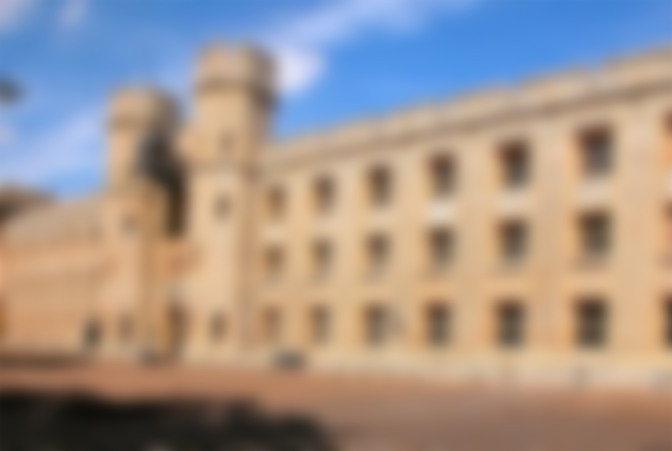
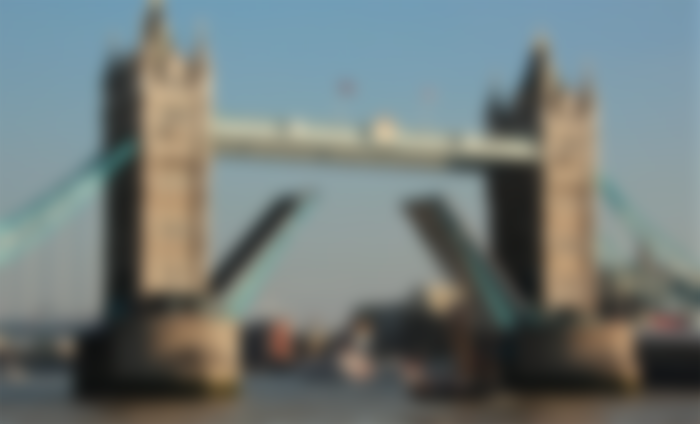
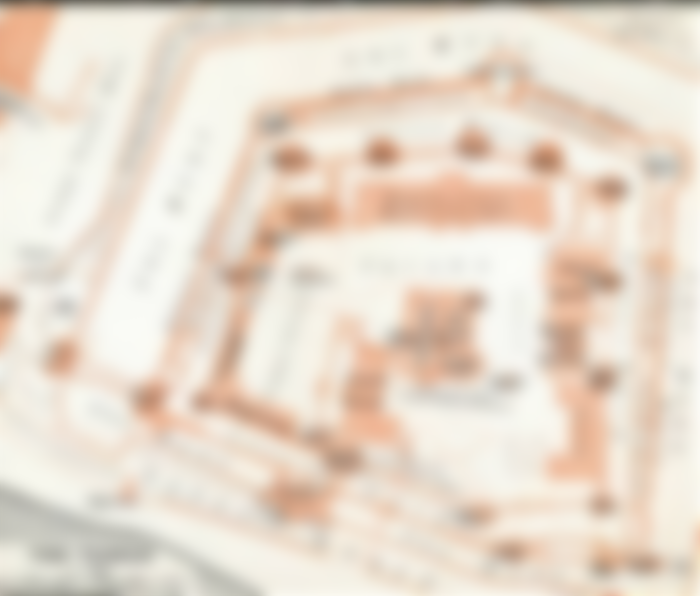


Thanke you your information